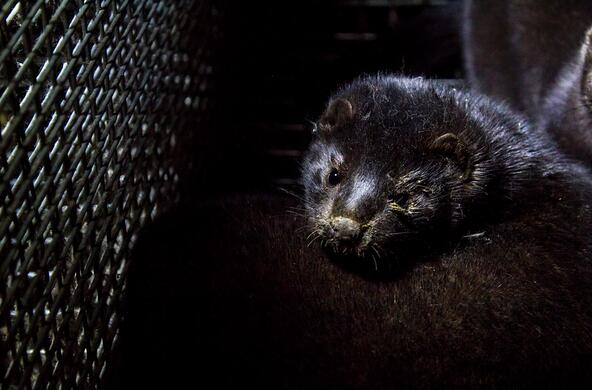Ecologists shared ideas and research about the Ebola virus at a Friday morning meeting in Athens, the final session in a four-day conference on the ecology and evolution of infectious diseases hosted by the University of Georgia.
They had more questions than answers as they discussed Ebola and the recent outbreak of the viral disease in Africa, and some of its dangerous relatives.
But using mathematical models, they’re also making progress with questions whose answers might help reduce the toll of the next outbreak, or be an early warning system to stave off an outbreak.
One researcher, Barbara Han of the Cary Institute of Ecosystem Studies talked about methods scientists are developing that would identify likely wildlife carriers of filoviruses, a kind of virus related to rabies virus which includes Ebola, Marburg virus and some other deadly species.
Bats are suspected; Han and other researchers she’s working with developed a method that could weed out bat species that aren’t likely wildlife reservoirs of the virus from those that are more likely, which could help scientists decide where to focus.
They’ve found some curious factors that seem to be related to whether a species might be a carrier; the size of newborns seems to be a key predictor, she told an audience in the UGA Chapel Friday morning.
In the last century, only HIV and flu outbreaks were more extensive than the still-continuing outbreak of Ebola in West Africa, said Trevor Bedford of the Fred Hutchinson Cancer Research Institute. Bedford’s been trying to answer such questions as why Ebola virus seems to mutate more rabidly in some conditions — such as when it’s in humans — than in others, and what factors drive the virus’s evolution.
“Where will the next pandemic emerge?” asked Sam Scarpino of the Santa Fe Institute and the University of Vermont, who pointed out a pitfall of prediction.
He showed a global map of bird flu prevalence in wild birds from 2009 — but the most concentrated areas of bird flu wasn’t a good predictor of subsequent outbreaks.
A better predictor is the relative geographical density of pig farms, he said, displaying another global map showing a dense concentration of such farms in the American Midwest, among other places.
Scarpino has studied how Ebola spreads among humans. It tends to occur not at random but in “social clusters,” he said — in hospitals, at home, at funerals, for example.
Another keynote speaker, UGA ecologist John Drake, is also working on mathematical models that could predict outbreaks of infectious disease — so we might act proactively rather than reactively.
Drake and researchers working with him are building models to predict how quickly Ebola will spread — and how outbreaks might be halted — in connection with different situations that might emerge, such as the availability of hospital beds.








